Having a website isn't enough to attract and convert customers. You need to ensure it's optimized to turn those website visitors into paying customers.
Conversion rate refers to the percentage of visitors who take a desired action on your website, such as purchasing, signing up for a newsletter, or downloading a white paper.
A higher conversion rate translates to more leads, sales, and revenue for your business.
However, what worked yesterday might be less effective today. Dive into this article and equip yourself with best practices to boost your website conversion rate in 2024.

1. Optimize Website Speed
Did you know that a one-second delay in page load time can result in a 7% conversion rate drop? Website speed is a major factor influencing user experience and conversion rates.
Studies show that 47% of online shoppers expect a web page to load in two seconds or less. If your website takes longer, visitors are likely to get impatient and abandon ship.
- Optimize images to reduce file sizes without compromising quality.
- Enable caching to allow your website to store frequently accessed files on a user's device, reducing the need to download them repeatedly.
- Choose a reliable web hosting provider to ensure your website has the resources to handle traffic efficiently, providing a positive user experience.
2. Understand the Conversion Funnel
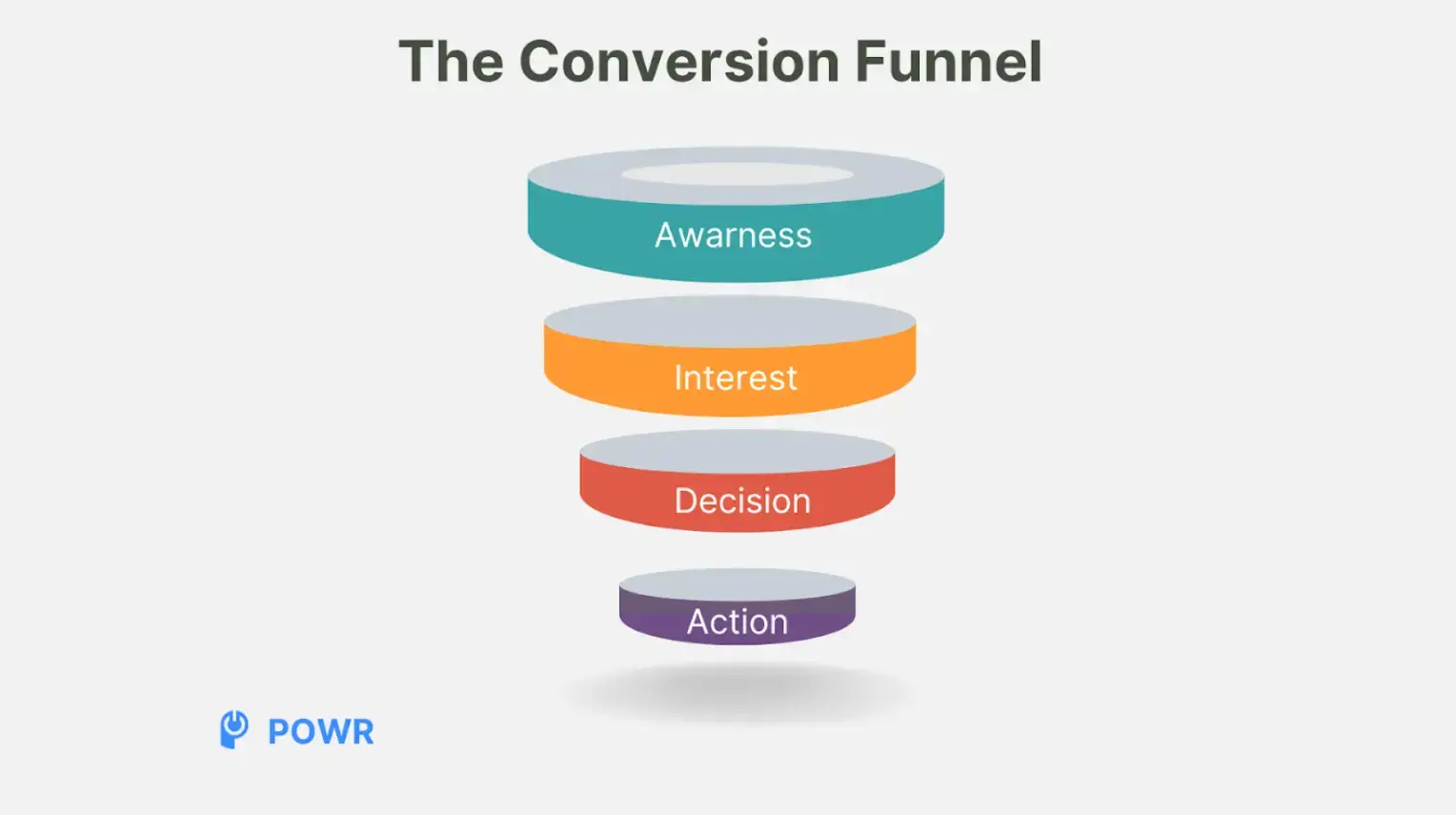
The conversion funnel is a marketing framework that maps the journey a potential customer takes from initial awareness of your brand to ultimately making a purchase decision.
Typically, the conversion funnel consists of four key stages:
- Awareness: At this stage, potential customers become aware of your brand or product for the first time. This might happen through search engine results, social media ads, or content marketing efforts.
- Interest: Once aware, visitors become interested in learning more about your offering. They might browse your website, read blog posts, or watch explainer videos.
- Decision: In this stage, the visitor weighs their options and considers whether your product or service fits their needs. Reviews, testimonials, and a well-articulated sales strategy play a huge role in guiding their decision-making process.
- Action: This is the ultimate goal – to take the desired action on your website, such as making a purchase, subscribing to a service, or contacting you for more information.
Analyze each stage of your conversion funnel and identify areas where potential customers might be dropping off. Implement targeted strategies to improve the flow throughout the funnel and increase your conversion rate.
3. Design for Usability
Create an intuitive and user-friendly website design to maximize conversions.
When visitors struggle to find what they're looking for or navigate your website, frustration sets in, leading them to abandon their visit. Prioritize usability in your website design:
- Clear Information Architecture: Organize your website content in a logical and hierarchical structure that’s easy to navigate.
- Embrace Minimalism: Avoid cluttering your website with too many elements
- Optimize for Mobile Devices: Implement responsive design principles to ensure your website displays flawlessly across different screen sizes.
- Conduct User Testing: Observe how visitors interact with your website and identify areas for improvement.
Design a website that is both aesthetically pleasing and user-friendly. Create a positive experience that encourages visitors to explore further and ultimately convert.
Here’s an example from the cosmetics web store Cult Beauty, which uses whitespace to help guide customers' views of the products.
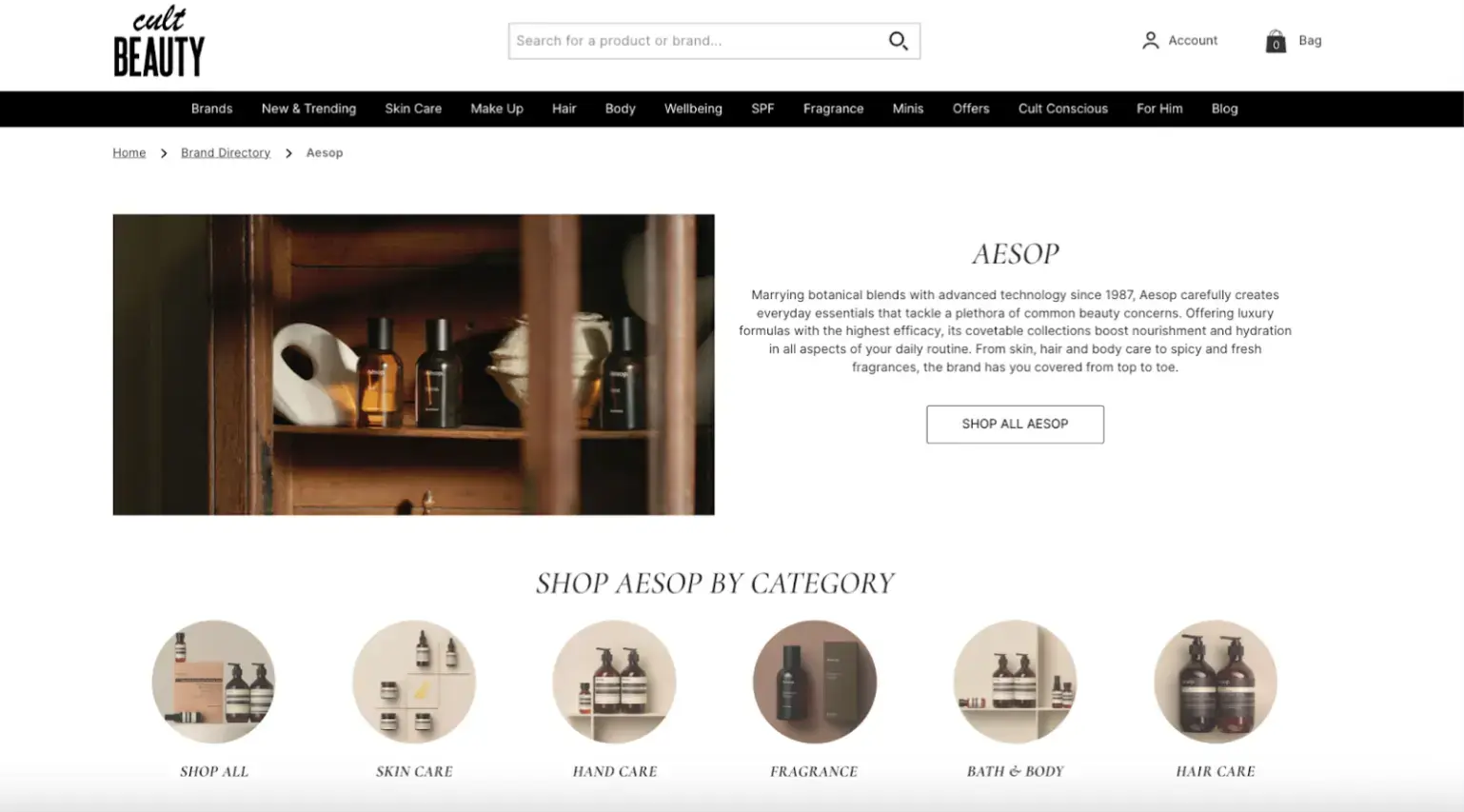
4. Personalize Your Content
Content marketing goes beyond simply creating great content. It also involves delivering that content to the right audience at the right time. Personalize your content for maximum impact:
- Segment Your Audience: Divide your audience into groups based on demographics, interests, or behavior. Tailor your content to resonate with each segment more effectively.
- Website Popups and CTAs: Use targeted marketing popups to promote relevant content offers or capture leads. Strategically present personalized content based on user behavior or browsing history.
- Email Marketing: Email marketing allows you to nurture leads and deliver targeted content directly to their inboxes. Segment your email list and send personalized email campaigns with content relevant to their interests.
- Online Courses: Develop and sell online courses to provide valuable learning experiences and monetize your expertise. Support your position as an authority in your field and open up a new revenue and community-building channel.
Personalize your content delivery, create a more engaging experience for visitors, and increase the likelihood of conversions.
5. Build Trust and Credibility
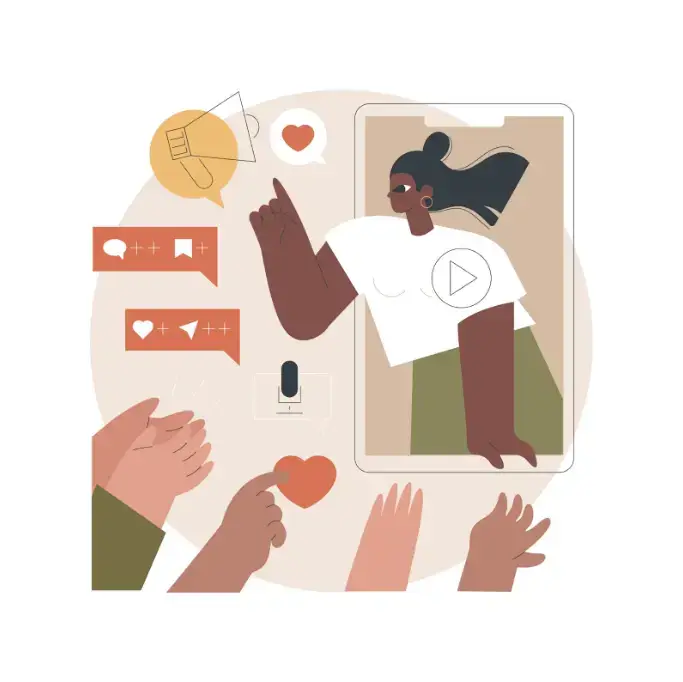
Visitors who perceive your website as trustworthy and reliable are more likely to convert. Here’s how to establish trust and boost conversions:
- Share Customer Success Stories: One of the best sales tactics is to add customer testimonials, reviews, and case studies to showcase the positive experiences of your existing customers. People are more likely to trust something if others have already endorsed it.
- Offer Guarantees and Warranties: Guarantees and warranties demonstrate your confidence in your products or services and reduce the perceived risk for potential customers. Offer free trials, money-back guarantees, or extended warranties to build trust and encourage conversions.
- Prioritize Data Security: Ensure your website implements robust security measures like SSL certificates and secure payment gateways to protect user data and build trust.
6. Implement A/B Testing
A/B involves creating two or more variations of a web page element (such as a headline, CTA button, or product image) and showing them to different website visitors to see which version performs better.
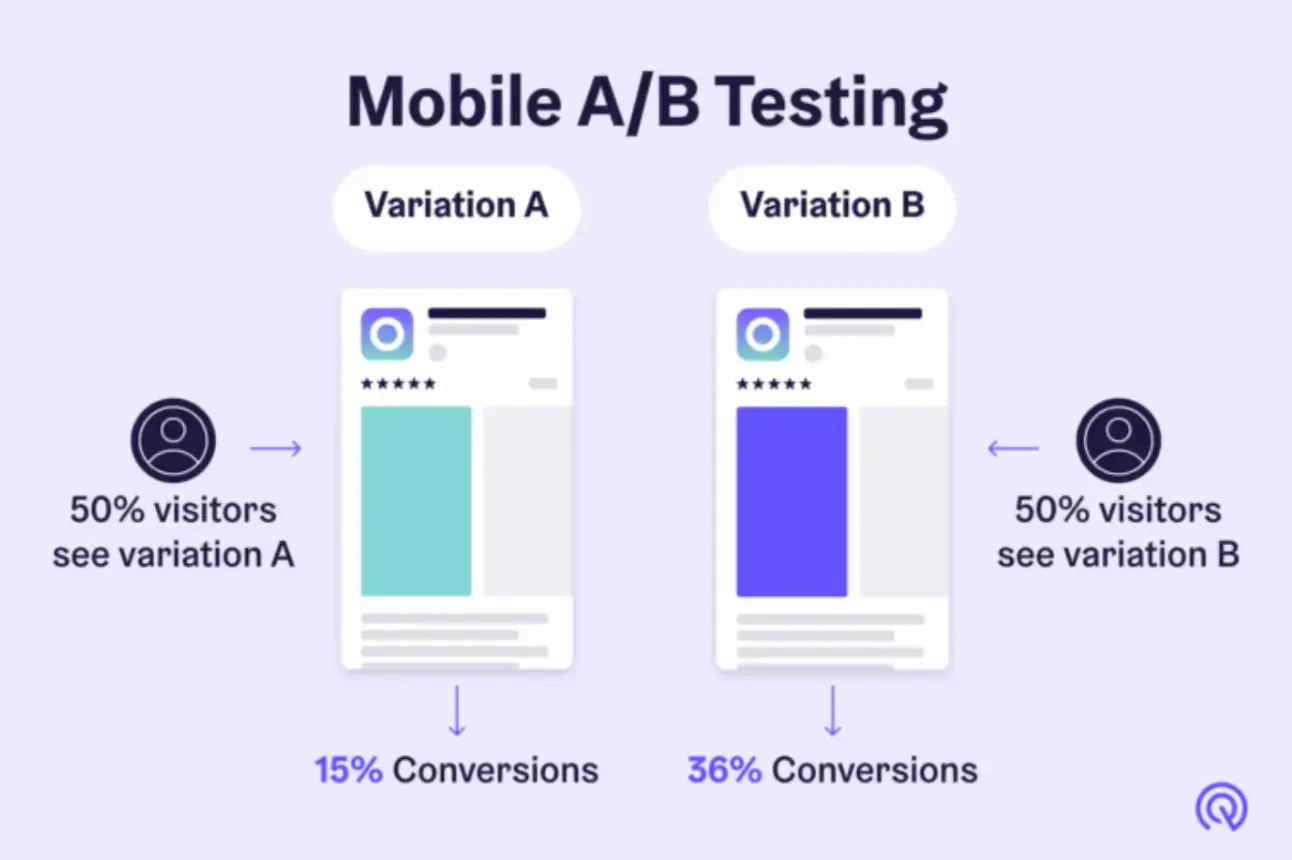
This scientific approach allows you to identify the elements that resonate most with your audience and make data-driven decisions to improve conversion rates. How A/B testing works:
- Choose an element to test: Identify a specific element on your website that could impact conversions. This could be a headline, CTA button, product image, or even the layout of your landing page.
- Create variations: Develop different variations of the chosen element. Ensure the variations are distinct enough to show a measurable difference but not so different that they confuse visitors.
- Run the test: Use A/B testing tools to randomly show the different variations of the element to website visitors.
- Analyze the results: Once you've gathered enough data, analyze the results to see which variation performed better in conversions.
- Implement the winner: Based on the test results, implement the variation that resulted in the higher conversion rate.
A/B testing is an ongoing process. Continuously test and optimize different elements of your website to identify opportunities, improve conversions, and stay ahead of the curve.
7. Reconnect with Visitors
Not every visitor who lands on your website is ready to convert right away.
Retargeting and remarketing allow you to reconnect with website visitors who haven't converted and nudge them further down the sales funnel.
Here's how retargeting and remarketing work:
- Track website visitors: Place a small piece of code (pixel) on your website to track visitors.
- Multy-platform targeting: Partner with advertising platforms like Google Ads, Facebook Lead Ads, or other social media platforms to display targeted ads to previous visitors.
- Tailored Ad content: Tailor Ads to remind visitors about the products they view, showcase special offers, or provide additional information to address any lingering doubts.
Retargeting allows you to stay top-of-mind with potential customers and increases the chances of them returning to your website and converting later.
8. Provide a Virtual Shopping Experience
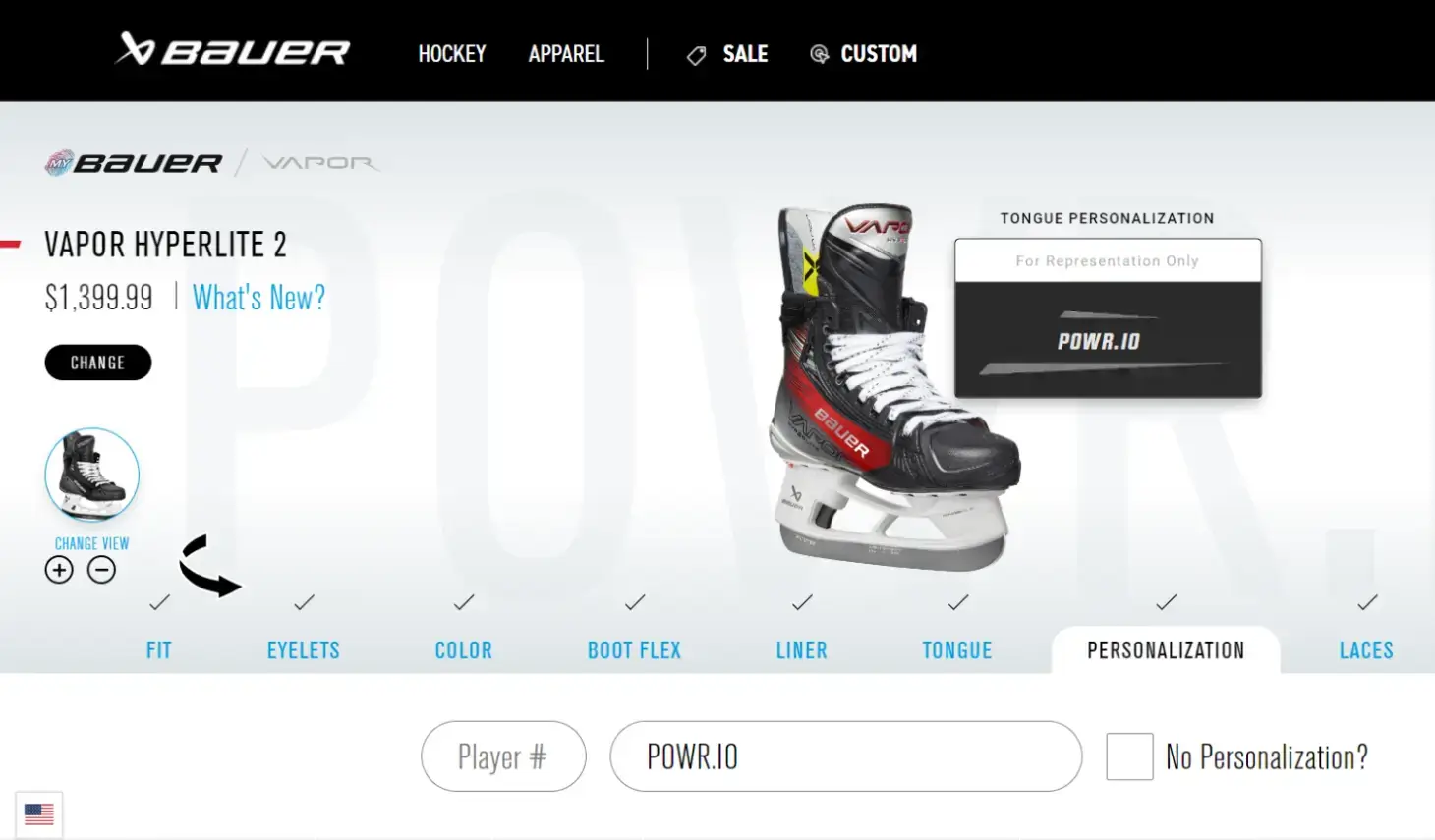
Let your customers explore products through a virtual, hands-on experience.
With 3D modeling, you can integrate the products directly into your product pages and transform how shoppers interact with your offerings.
Visitors can rotate, zoom in, and fully explore items and gain a deep understanding of their features and functionality. This reduces hesitancy and boosts confidence in online purchase decisions.
9. Use Conversational Marketing and Chatbots
Focus on creating two-way conversations with potential customers. Chatbots are a powerful tool for implementing conversational marketing on your website.
AI-powered chatbots offer immediate assistance, answer customer questions in real-time, address customer concerns, offer product recommendations, and provide support throughout the buying journey.
For instance, chatbot statistics reveal that chatbots significantly impacted sales, with business leaders claiming an average increase in sales by 67% due to chatbot usage.
10. Add Plugins

POWR plugins are user-friendly tools designed to enhance website functionality and conversions.
- POWR Popup: Create targeted popups to capture leads and promote special offers. Popups can be customized to appear strategically based on user behavior, ensuring they don't disrupt the browsing experience.
- POWR Form Builder: Design user-friendly forms to streamline data collection. With POWR Form Builder, you can create beautiful and functional forms that encourage visitors to submit their information.
- POWR Countdown Timer: Generate urgency and encourage conversions with limited-time offers. Countdown timers create a sense of scarcity, prompting visitors to take action before the offer expires.
- POWR Call to Action Button: Customize your CTA buttons to match your site’s design and place them where they complement the user's journey without interrupting their experience.
These are just a few examples of how POWR plugins can empower you to optimize your website for conversions.
11. Manage Your Online Reputation
When potential customers or employers search for you, the results they find can significantly impact their perception.
According to a study, 91% of consumers read online reviews before purchasing.
A quick look at online reputation management (ORM) and how it can benefit you:
- Monitor your online presence: Regularly search your name and business across search engines and social media. Identify positive and negative mentions to understand how you're being perceived.
- Proactive engagement: Build a strong online presence by creating informative content and engaging your audience on social media platforms.
- Address negative feedback: Respond promptly and professionally to negative reviews and comments. Acknowledge the customer's concerns and strive to find a solution.
- Showcase positive reviews: Encourage satisfied customers to leave positive reviews on relevant platforms. Positive reviews can push down negative content in search results.
Manage your online reputation and take control of your online narrative to ensure a positive reputation that reflects your hard work and dedication.
Final Thoughts
Website conversion optimization is a journey, not a destination.
Implement the ideas outlined in this article and create a website that fosters trust, provides a seamless user experience, and ultimately converts visitors into loyal customers.
Understand your audience, address their needs, and continuously test and adapt your approach.
Embrace data-driven decision-making, stay informed about the latest trends, and be open to innovation to ensure your website remains a powerful conversion machine in 2024 and beyond.


